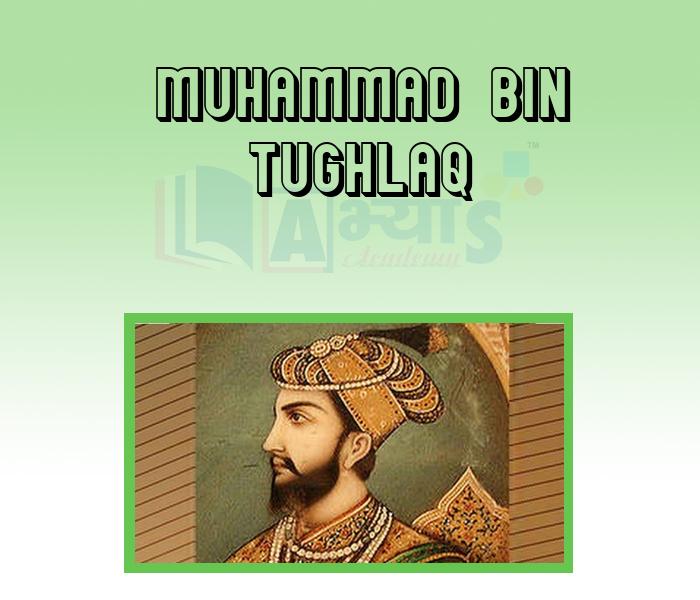Muhammad Bin Tughlaq










Muhammad Bin Tughlaq
Muhammad Bin Tughlaq (1325-1351 AD)
Tughlaq was committed to maintaining the Sultanate's expansion into the newly conquered provinces of peninsula: India. To strengthen the sultanate's hold on its southern parts,Tughluq, early in his reign, moved the capital from Delhi to Devagiri, 700 miles (1500 km) south in the Deccan, renaming Devagiri as Daulatabad. Instead of moving just his government offices there, he forcibly moved the entire population of Delhi to the new capital. The plan proved disastrous due to Mongol Attack on North. And since this happened in summer, many people died because of inadequate water supply arrangements in Daulatabad; after only two years, the capital had to be shifted back again to Delhi, again at great loss, and it was said that Dellhi was a ghost town for years after the move back. "When I entered Delhi, it was almost like a desert", wrote the famed North African travel writer,Ibnbatuta.
Which Sultan of Delhi has been described by historians a 'mixture of protests' ? | |||
| Right Option : C | |||
| View Explanation | |||
Who did rebellion in south during the period of Muhammad Bin Tughlaq ? | |||
| Right Option : A | |||
| View Explanation | |||
Between 1329 and 1330 AD, who introduced the Token Currency in form of copper coin ? | |||
| Right Option : C | |||
| View Explanation | |||
Students / Parents Reviews [10]
My experience with Abhyas is very good. I have learnt many things here like vedic maths and reasoning also. Teachers here first take our doubts and then there are assignments to verify our weak points.

Shivam Rana
7thA marvelous experience with Abhyas. I am glad to share that my ward has achieved more than enough at the Ambala ABHYAS centre. Years have passed on and more and more he has gained. May the centre flourish and develop day by day by the grace of God.

Archit Segal
7thI have spent a wonderful time in Abhyas academy. It has made my reasoning more apt, English more stronger and Maths an interesting subject for me. It has given me a habbit of self studying

Yatharthi Sharma
10thMy experience with Abhyas academy is very good. I did not think that my every subject coming here will be so strong. The main thing is that the online tests had made me learn here more things.

Hiya Gupta
8thIt has a great methodology. Students here can get analysis to their test quickly.We can learn easily through PPTs and the testing methods are good. We know that where we have to practice

Barkha Arora
10thOne of the best institutes to develope a child interest in studies.Provides SST and English knowledge also unlike other institutes. Teachers are co operative and friendly online tests andPPT develope practical knowledge also.

Aman Kumar Shrivastava
10thMy experience was very good with Abhyas academy. I am studying here from 6th class and I am satisfied by its results in my life. I improved a lot here ahead of school syllabus.

Ayan Ghosh
8thIt was good as the experience because as we had come here we had been improved in a such envirnment created here.Extra is taught which is beneficial for future.

Eshan Arora
8thAbhyas Methodology is very good. It is based on according to student and each child manages accordingly to its properly. Methodology has improved the abilities of students to shine them in future.

Manish Kumar
10thAbhyas is a complete education Institute. Here extreme care is taken by teacher with the help of regular exam. Extra classes also conducted by the institute, if the student is weak.
